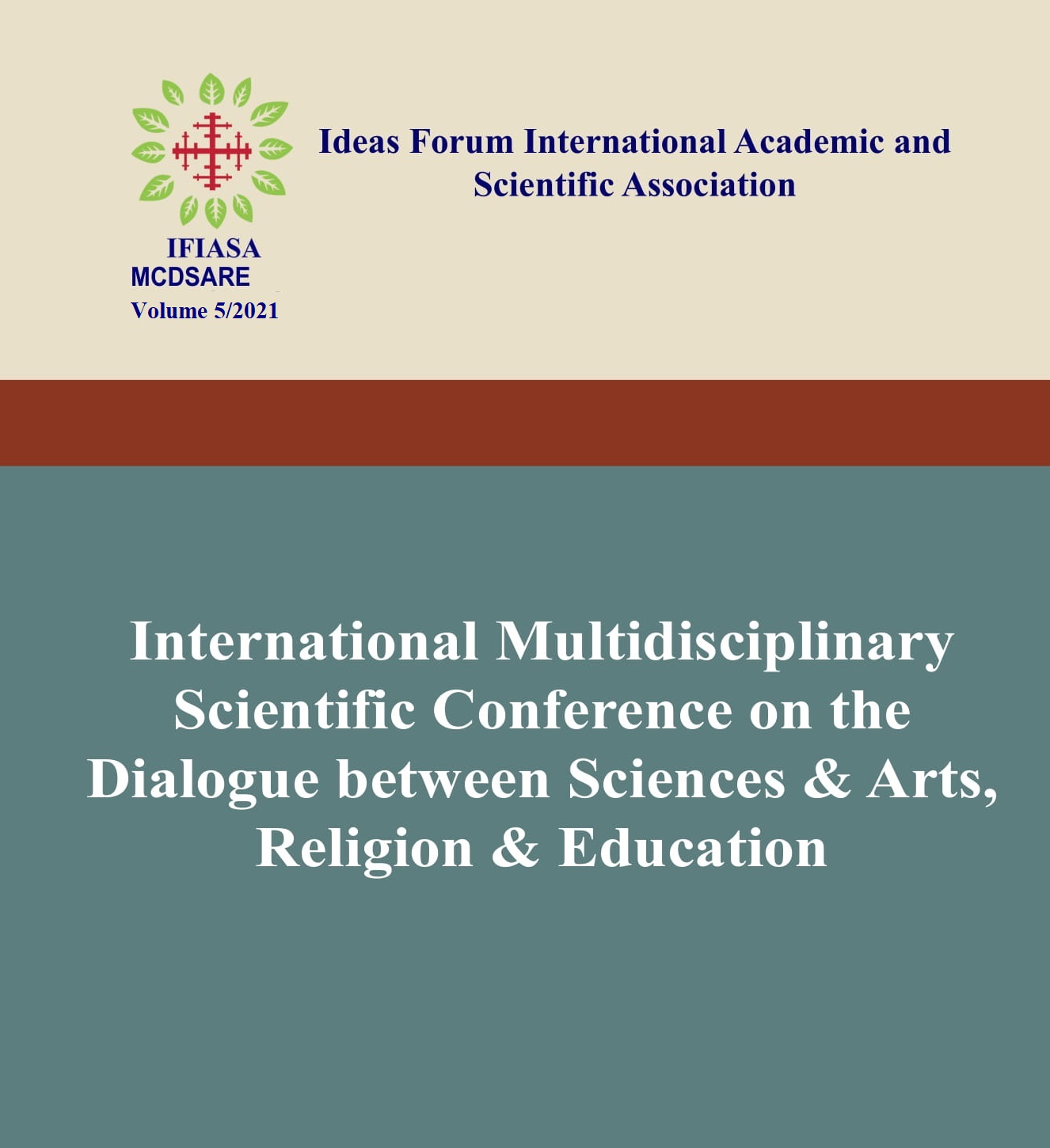SCIENTIFIC LINGUISTICS, A NEVER-ENDING HISTORY
SCIENTIFIC LINGUISTICS, A NEVER-ENDING HISTORY
Author(s): Jacques CoulardeauSubject(s): Language and Literature Studies, Studies of Literature
Published by: Ideas Forum International Academic and Scientific Association
Keywords: Phylogeny; diachrony; Black Africa; migrations; language families;
Summary/Abstract: 1866 was a turning point in scientific linguistics when the Linguistic Society of Paris banned all papers and presentations on the origin of language. De Saussure locked up the debate with two concepts, diachrony and synchrony. I intend to examine the emergence of the hypothesis of a single origin of human articulated languages, in Africa first, and then Black Africa. The phylogenic approach of biological studies has today spread to linguistics. Sally McBrearty rejected the idea of a Neolithic evolution. Consequently, Black Africa became a major field of archaeological research. Yuval Noah Harari stating the existence of a symbolic revolution around 70,000 years ago, rejected Black Africa along with the Americas, and the Denisovans. Asia has become a major archaeological field. Juliend’Huy implements phylogenetic arborescent technique to the study of myths. The oldest form of a myth is not the origin of it. In oral civlizations some literate individual had to tell the story behind representations for the people to understand, appreciate, and remember them. I will then consider structural linguistics(Noam Chomsky & Universal Grammar). UG has never been able to develop semantics within its own system (Generative Semantics & George Lakoff). Science is always a temporarily approximate vision of what it considers. First, what any science explores is constantly evolving following phylogenic dynamics that are contained in the very objects of such scientific studies. Second, any new knowledge appearing in the field concerned causes a complete restructuration of what we knew before.
- Issue Year: 5/2021
- Issue No: 1
- Page Range: 37-57
- Page Count: 21
- Language: English

